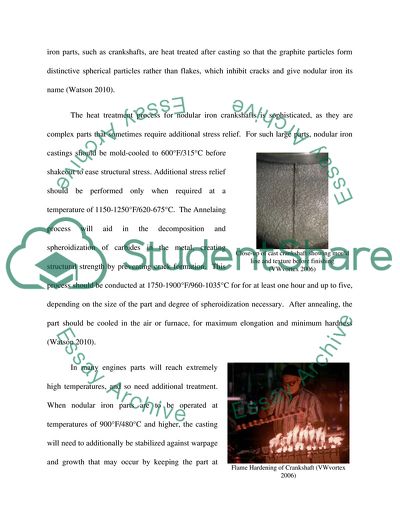Cite this document
(Materials: Nodular Iron Casting Crankshaft Term Paper, n.d.)
Materials: Nodular Iron Casting Crankshaft Term Paper. Retrieved from https://studentshare.org/engineering-and-construction/1741141-materials-engineering
Materials: Nodular Iron Casting Crankshaft Term Paper. Retrieved from https://studentshare.org/engineering-and-construction/1741141-materials-engineering
(Materials: Nodular Iron Casting Crankshaft Term Paper)
Materials: Nodular Iron Casting Crankshaft Term Paper. https://studentshare.org/engineering-and-construction/1741141-materials-engineering.
Materials: Nodular Iron Casting Crankshaft Term Paper. https://studentshare.org/engineering-and-construction/1741141-materials-engineering.
“Materials: Nodular Iron Casting Crankshaft Term Paper”. https://studentshare.org/engineering-and-construction/1741141-materials-engineering.


